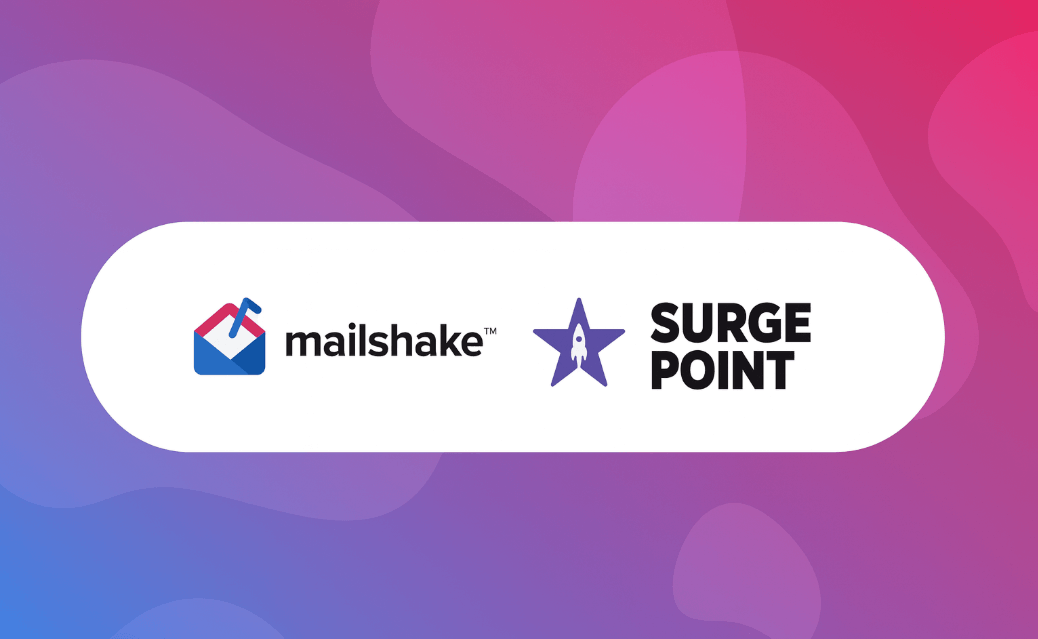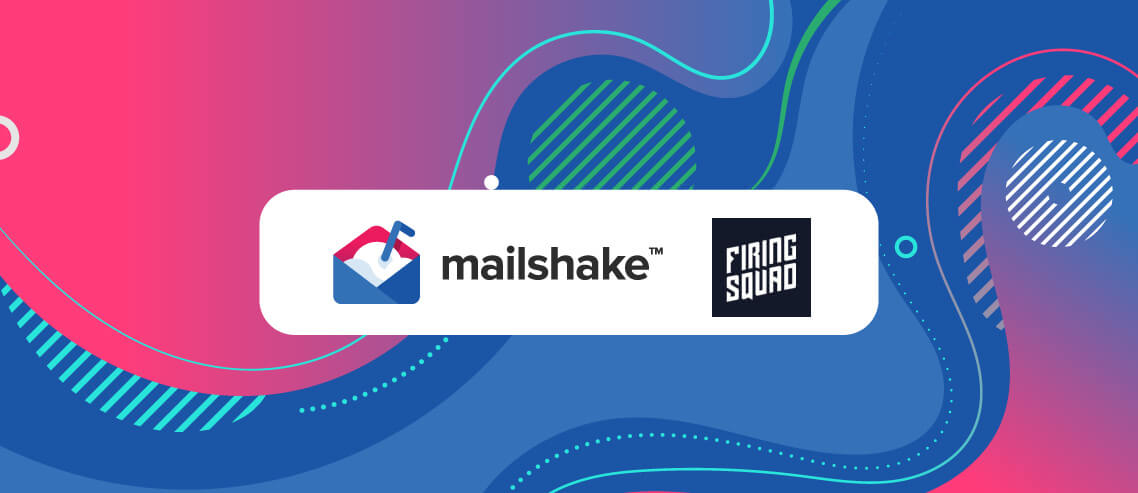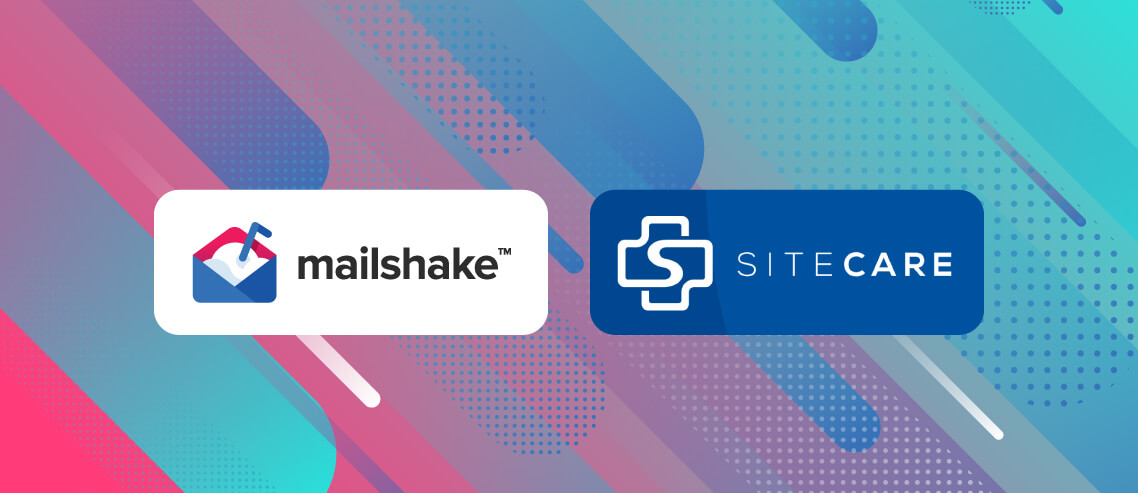How SurgePoint Uses Mailshake to Personalize Outreach and Scale Growth

Contents
Cold outreach engagement rates usually hover in the single digits, with many campaigns lucky to break past 10%. SurgePoint was no exception.
Before Mailshake, the company was stuck sending emails one by one. Growth was slow and inconsistent, setting up campaigns ate up hours, and increasing engagement rates felt like pushing rocks uphill.
They needed a system that could provide consistent results without taking up hours for a single email campaign. That’s where Mailshake delivered.
After switching to Mailshake, SurgePoint turned cold outreach into a repeatable growth channel. In its medical spas vertical alone, a campaign of 1,000 sends generated a 67% engagement rate, more than 10x the industry average, while freeing Dane from hours of manual work.
We spoke with Dane to learn how he built this system, which Mailshake features powered the change, and what other lean teams can borrow from his playbook. In this case study, you’ll learn:
-
- How SurgePoint scaled outreach and turned cold email into a reliable growth engine
- The Mailshake features that helped a lean team operate like a bigger agency
- Dane’s five rules for writing outbound emails that feel personal, not spammy
Introducing SurgePoint
SurgePoint is a growth platform for local service businesses. It helps providers bring in referrals, collect reviews, and drive repeat visits, all through automated campaigns that run in the background.
Every new client using SurgePoint isn’t just a one-time sale. It means recurring revenue and long-term relationships that compound over time. The key to making this work was outreach, and while Dane was spending hours every day on campaigns, the process was anything but efficient. Emails went out one by one, results were inconsistent, and too many prospects slipped away without a follow-up.
With so much riding on steady client acquisition, growth felt stuck in first gear. To build momentum, Dane needed a system that could save time, turn outreach into something repeatable instead of a daily grind, and create predictable growth.
Mailshake gave Dane the tools to do that at scale, without burning himself out.
How Mailshake Helped SurgePoint Scale Outreach
Here’s how SurgePoint uses Mailshake across multiple areas of outreach:
1. Medical Spa Campaigns
SurgePoint’s most successful use of Mailshake came in the medspa vertical. Dane built a campaign that went out to 1,000 prospects, but instead of blasting generic copy, he personalized each message around the recipient’s competitor reviews.
That level of detail made the outreach hard to ignore. Engagement hit 67%, more than ten times the industry average. The campaign opened conversations and turned those into recurring client relationships.
2. Customer Feedback Loops
While Mailshake started as an outreach tool, it also became a way to stay close to existing customers. Dane used it to run feedback campaigns and send structured sequences that encouraged clients to share what was working and what could be improved.
Those insights fed directly back into the platform.
Instead of waiting for support tickets or relying on one-off conversations, SurgePoint gathered consistent input that helped refine features and improve the overall experience. Outreach became a two-way street: new business on one end, product growth on the other.
3. Scaling With a Lean Team
For most small teams, high-volume outreach feels like a tall order (one that feels impossible to manage because it actually is). SurgePoint was just Dane and a part-time salesperson, yet Mailshake made it feel like they were operating at the scale of a full sales department.
Features like the sending calendar and inbox rotation kept deliverability healthy while handling hundreds of emails per day. Lead Catcher organized replies so no promising contact slipped away, and campaigns that once took hours were up and running in under 30 minutes.
The result was a system that gave a two-person team the leverage of five, with SurgePoint now confident enough in the process to bring on its first full-time sales hire.
4 Mailshake Features That Power SurgePoint’s Outreach
Here are the four Mailshake features that helped a two-person team operate like a bigger agency:
1. Metrics Dashboard
Dane treats outreach like a growth experiment, not just a numbers game. The metrics dashboard shows him how each message in a sequence performs, whether it’s email 1 or email 3.
Instead of relying on vanity metrics like “sends,” he checks open rates, reply rates, and engagement side by side. If one message falls flat, he swaps it out. If another hits, it sets the new standard.
2. Campaign Wizard and Sequence Builder
SurgePoint treats the Campaign Wizard and Sequence Builder as its launchpad for new ideas. It makes the difference between spending all day setting up campaigns and actually running them.
Dane keeps his workflow simple: draft copy in a Google Doc, pull in Mailshake templates or AI suggestions for inspiration, then drop in variants that actually work. From there, he sets the timing between touches and gets the sequence live.
It takes Dane just 5-7 clicks and about 30 minutes to spin up a full campaign. That speed means SurgePoint can quickly test new verticals, like its medspa campaigns, without adding extra headcount.
3. Lead Catcher
Before Mailshake, replies were scattered across Dane’s inbox, which meant missed opportunities and slow follow-ups. Lead Catcher changed that.
Now, every response flows into a single dashboard that gives him an at-a-glance view of leads, polite rejections, and “not now” prospects in seconds. Leads surface to the top like a “boomerang,” so Dane always knows who to prioritize.
Lead Catcher also keeps track of “not now” prospects. That way, Dane can circle back when the prospects are ready and turn hesitation into a win.
4. Sending Calendar
Scaling outreach only works if emails keep landing in inboxes. That’s why Dane leans on the Sending Calendar as his daily checkpoint for deliverability.
Instead of guessing, he connects multiple inboxes and uses the calendar to see exactly how many emails will go out each day.
If one inbox is overloaded, he shifts volume across others. This keeps sending activity steady, prevents red flags, and protects his domain’s reputation. It also helps him push volume higher without losing confidence that prospects will actually see his message.
SurgePoint’s Five Rules for Cold Email Success
Dane treats outbound like growth marketing. His playbook includes:
1. Hyper-Personalize Emails to Stand Out
Nothing gets deleted faster than an email that feels like it was sent to a hundred other people. Dane flips that on its head with hyper-personalization.
One of his best-performing campaigns called out prospects’ online reviews compared with competitors. That kind of email sets the tone right away: that this sender did their homework. That effort often earns a reply where a generic blast would have landed in the trash.
2. Always Add Value, Not Just Volume
Anyone can fire off a thousand emails. The problem is that most of them add nothing new, so they disappear into the inbox void.
Dane takes the opposite approach. Every email needs to deliver a nugget of value, like a competitor insight, a smart observation, or a clear way SurgePoint can make the recipient’s life easier. When you actually provide value, people come to you.
3. Test and Experiment Like an Ad Buyer
Most people set up an outreach sequence and hope for the best. Dane treats it more like running ads. He tests everything, makes tweaks as the data flows in, and tracks every bit of data.
He checks which email in a sequence gets the most opens, which one sparks replies, and which one falls flat.
4. Always Follow Up
Most people stop after one email and wonder why nothing happens. Dane doesn’t treat silence as rejection; he treats it as part of the process. He knows that a polite follow-up a few days later can turn “I forgot to reply” into “Thanks for nudging me.”
But the trick isn’t to badger people. Dane spaces his follow-ups days apart, keeps them short, and adds a fresh angle each time instead of repeating the same pitch. This turns cold inboxes into warm conversations.
5. Use Automation for Consistency
The fastest way to lose momentum in outreach is to rely on willpower alone. Dane knows that if every follow-up depends on him remembering, some leads will inevitably fall through the cracks. That’s why he leans on automation to make sure the touch always happens.
With Mailshake handling the timing, reminders, and send order, Dane frees up his brain to write better copy, improve his strategy on the go, and actually talk to people when they reply.
Be Like SurgePoint — Try Mailshake Today
Cold outreach doesn’t fail because people don’t send enough emails. It fails because the right people never see them, or the follow-ups get lost in the shuffle. That’s why deliverability, consistency, and reply management matter just as much as the copy itself.
Instead of drowning in manual inbox checks, Dane used Mailshake to scale with control. He rotated inboxes to keep campaigns healthy, tracked every reply in one dashboard, and leaned on automation to keep momentum going.
The result was hours saved every week and an engagement rate of 67%, a number most outreach teams only dream about.
If your own campaigns feel like shouting into the void, it might be time to borrow a page from SurgePoint’s playbook. With the right system in place, you can focus on the conversations that actually move your business forward.
Book a Mailshake demo today to see what that could look like for your team!





